You need to order ball valves for a project, but you are not sure of the exact size. Ordering the wrong size means delays and costly returns, a headache no purchasing manager needs.
Ball valve sizes are based on the nominal pipe size they connect to. They commonly range from small 1/2 inch sizes for home use to large 12 inch sizes for industrial applications, following international standards like NPS and DN.
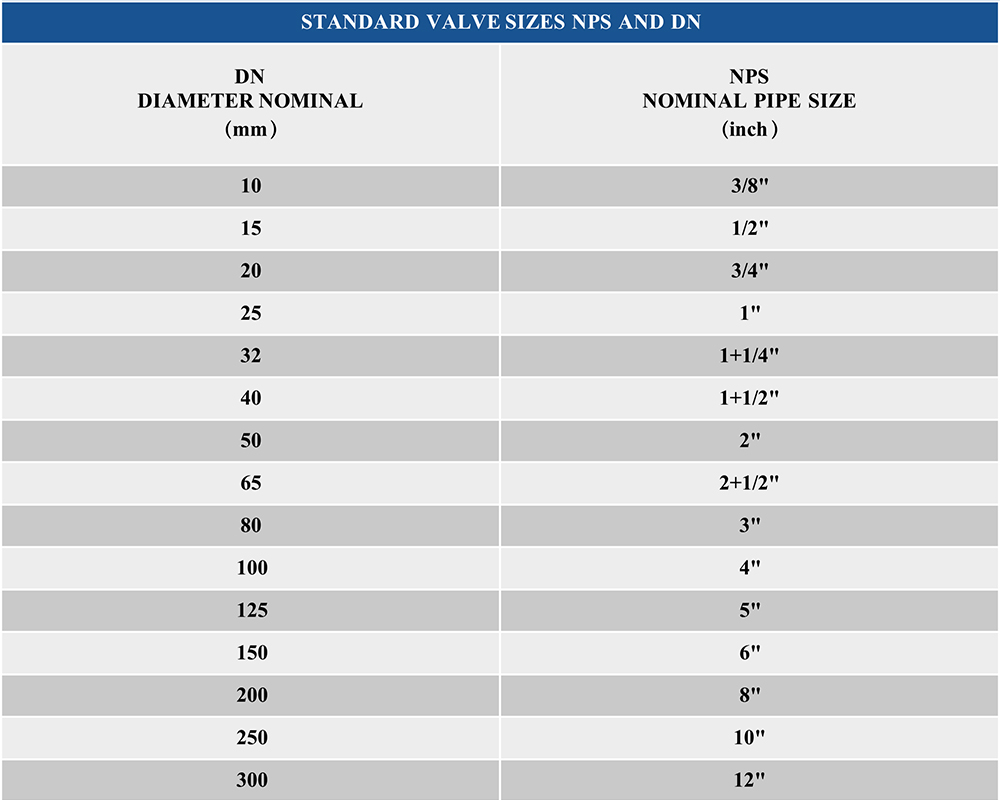
Getting the size right is the most fundamental step in ordering. It seems simple, but with different standards used around the world, it can get confusing. I work with partners like Budi in Indonesia, and we have to be perfectly clear on sizing to make sure his customers get exactly what they need for their projects. Using the correct size ensures a proper fit, a reliable seal, and a system that works as designed. This is not just about a part; it is about the success of the entire installation.
What sizes do ball valves come in?
You are looking at a supplier catalog and the list of valve sizes seems endless. You wonder which sizes are for common jobs and which are for specialized industrial projects.
Ball valves are available in a huge range of sizes to match nearly every standard pipe dimension. For most PVC applications, this typically spans from 1/2 inch (DN15) to 12 inches (DN300).
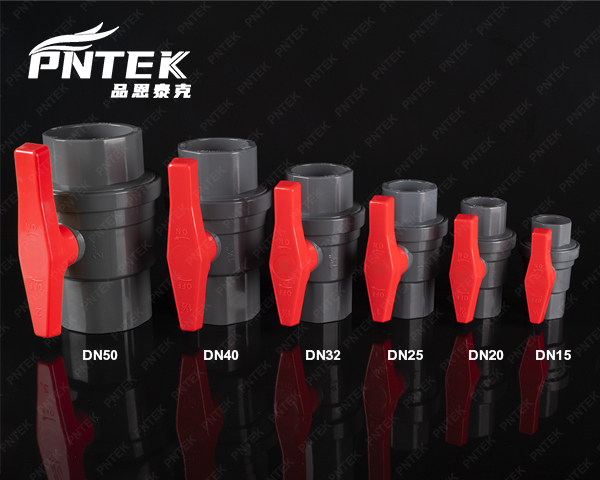
The wide range of sizes means there is a ball valve for almost any job, from a simple garden tap connection to a major water main. The key is to understand which sizes are used for which applications. As a manufacturer, we stock the most common sizes so that our partners can get what they need without long lead times. For a market like Indonesia, having ready stock of residential and irrigation sizes from 1/2″ to 4″ is critical for Budi to serve his customers effectively. This ensures that a contractor can always find the valve they need for everyday plumbing and construction work.
Size Categories and Applications
| Size Range (Inches) | Size Range (DN) | Common Use Cases | Example Applications |
|---|---|---|---|
| Small Residential | 1/2″ – 1″ | DN15 – DN25 | Individual fixture shutoffs, home water lines, garden taps. |
| Medium Commercial | 1-1/4″ – 4″ | DN32 – DN100 | Building main lines, commercial irrigation systems, swimming pools. |
| Large Industrial | 6″ and up | DN150 and up | Municipal water systems, factory process lines, agriculture. |
What are the standard valve sizes?
You hear terms like NPS, DN, Imperial, and Metric. This can make ordering from different countries confusing and create a risk of getting a part that does not fit your pipes.
Standard valve sizes are defined by either the NPS (Nominal Pipe Size) system, which uses inches, or the DN (Diameter Nominal) system, which uses millimeters. Both systems ensure global compatibility between pipes and fittings.
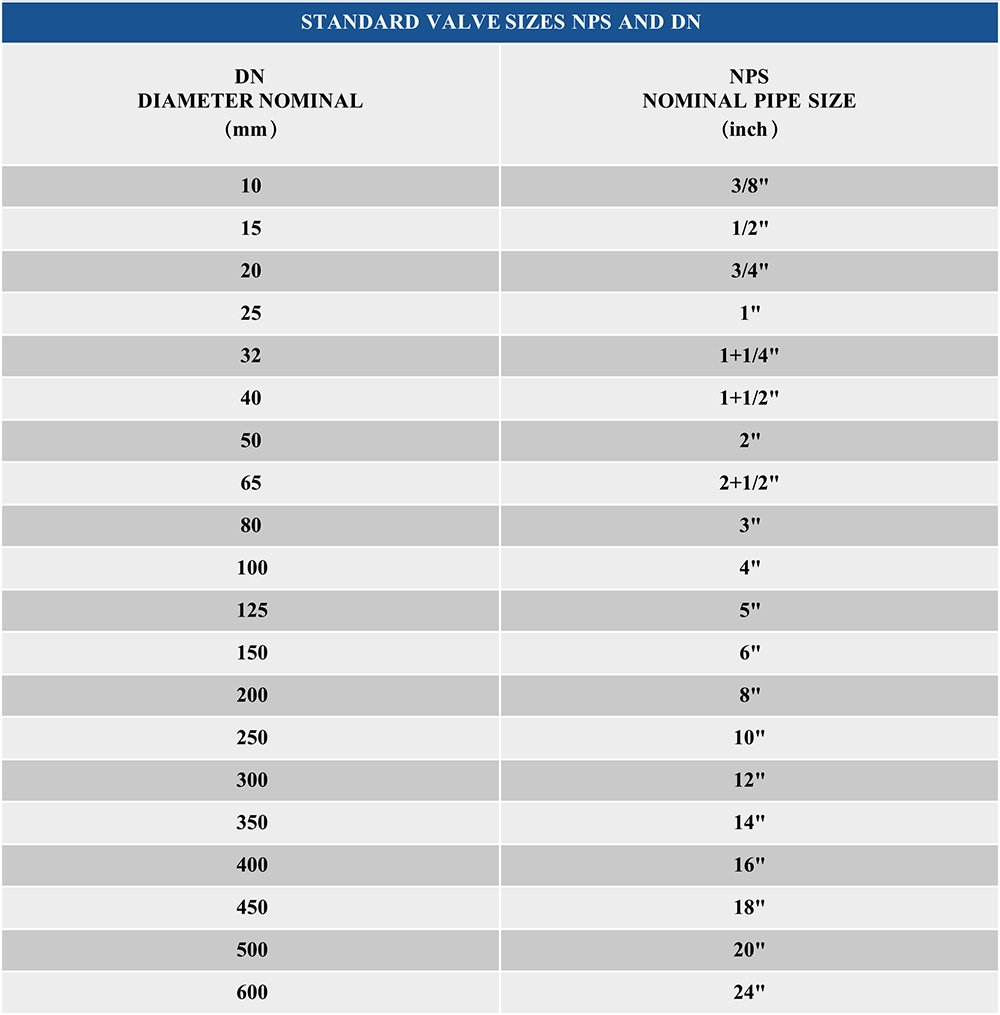
These standards are the language of the plumbing industry. They were created so that a valve made in one country would fit perfectly onto a pipe made in another. The size number is “nominal,” which means it is a name for the size, not a precise measurement. A 2-inch valve does not have an opening that is exactly 2.000 inches. It is designed to fit a 2-inch pipe. Understanding both NPS and DN is essential for anyone involved in international trade, like me and my partners. It removes all doubt and ensures the parts will work together seamlessly.
Understanding NPS and DN Standards
Here is a simple conversion chart for the most common sizes. Having this on hand makes it easy to switch between the two systems and avoid any confusion.
| NPS (Inches) | DN (Millimeters) |
|---|---|
| 1/2″ | DN15 |
| 3/4″ | DN20 |
| 1″ | DN25 |
| 1-1/2″ | DN40 |
| 2″ | DN50 |
| 3″ | DN80 |
| 4″ | DN100 |
How to identify valve size?
You are on a job site and need to replace an old valve. The valve is dirty, and there is no packaging or paperwork, so you are not sure what size to order.
To identify a valve’s size, check the valve body for embossed or printed markings. You will see either an inch measurement (e.g., “2″) or a DN value (e.g., “DN50″).
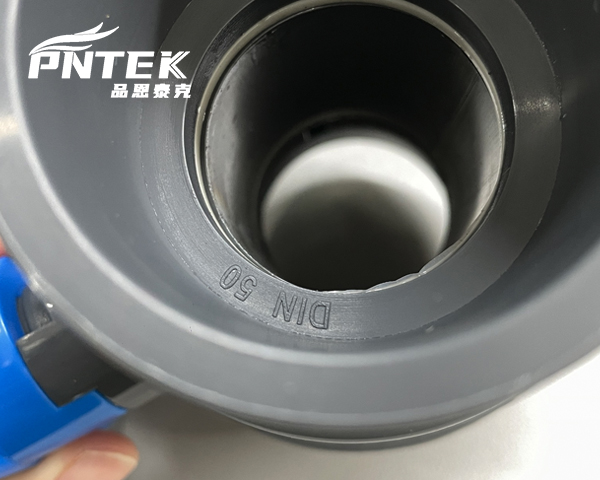
Manufacturers almost always put the size marking directly on the product. This is the fastest and most reliable way to identify it. Look carefully on the main body of the valve. Sometimes a brand logo or pressure rating is more prominent, but the size designation will be there. On true union ball valves, you might also find the size marked on the union nuts. Once you find this number, you can be completely confident in ordering the correct replacement. This simple check saves a huge amount of time and prevents the frustration of getting the wrong part.
What to Do If There Are No Markings
If the valve is very old or worn and you cannot find any markings, you have a few options. Do not just measure the outside of the valve, as this can be misleading.
- Check the Pipe: This is the best method. The pipe the valve is connected to will have its size printed along its length. Look for markings like “PVC Schedule 40 2 INCH” or “UPVC PN10 DN50″. The valve size will match the pipe size.
- Measure the Inside Port: Carefully measure the inside diameter of the opening where the water flows through. This measurement will be very close to the nominal size. For example, a 2-inch valve will have an inside diameter of approximately 2 inches.
- Compare to a Known Valve: If you have other valves of a known size, you can make a direct physical comparison.
What does DN50 mean on a valve?
You are reviewing a technical specification sheet from a European supplier. You see “DN50″ and need to know exactly what size that is in terms that your local team will understand.
DN50 stands for “Diameter Nominal 50 millimeters”. It is the international metric standard size that is equivalent to the 2-inch (NPS) size used in the United States and other regions.
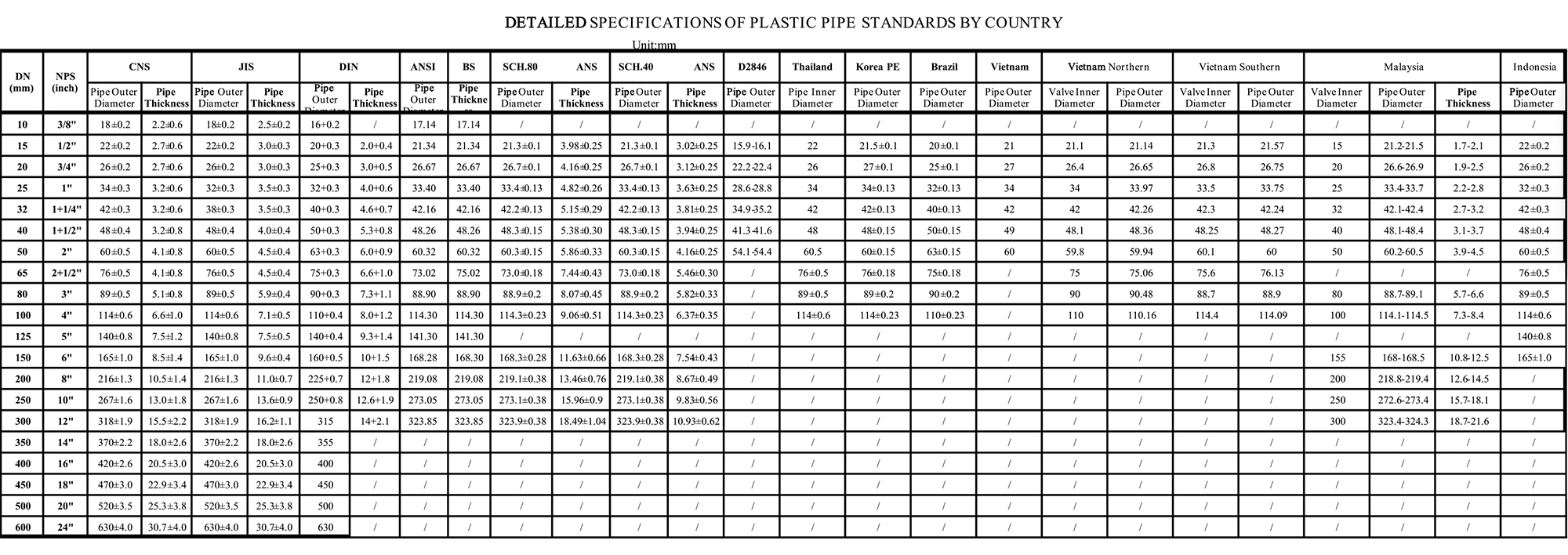
The DN system creates a universal standard for everyone. “Diameter Nominal” just means it is the name for the size, not a strict measurement. By using DN, a project manager in Indonesia like Budi can order from a manufacturer like me in China, and we both know exactly what we are talking about. It eliminates confusion between metric and imperial systems and is the foundation of global compatibility in our industry. When you see DN, you know you are using the ISO standard. This ensures that a DN50 valve will fit any DN50 pipe or fitting, no matter where in the world it was made.
Common DN Sizes and Their Inch Equivalents
Understanding this relationship is key to working with international products.
| DN Size | Direct Meaning | Common Inch Equivalent (NPS) |
|---|---|---|
| DN15 | Nominal Diameter 15 mm | 1/2″ |
| DN25 | Nominal Diameter 25 mm | 1″ |
| DN50 | Nominal Diameter 50 mm | 2″ |
| DN100 | Nominal Diameter 100 mm | 4″ |
This standardization is what allows us to build reliable water systems on a global scale.
Conclusion
Understanding ball valve sizes is essential for ordering the right parts. By knowing the standard systems like NPS and DN and how to find the size on a valve, you avoid costly mistakes.
Post time: Sep-22-2025




